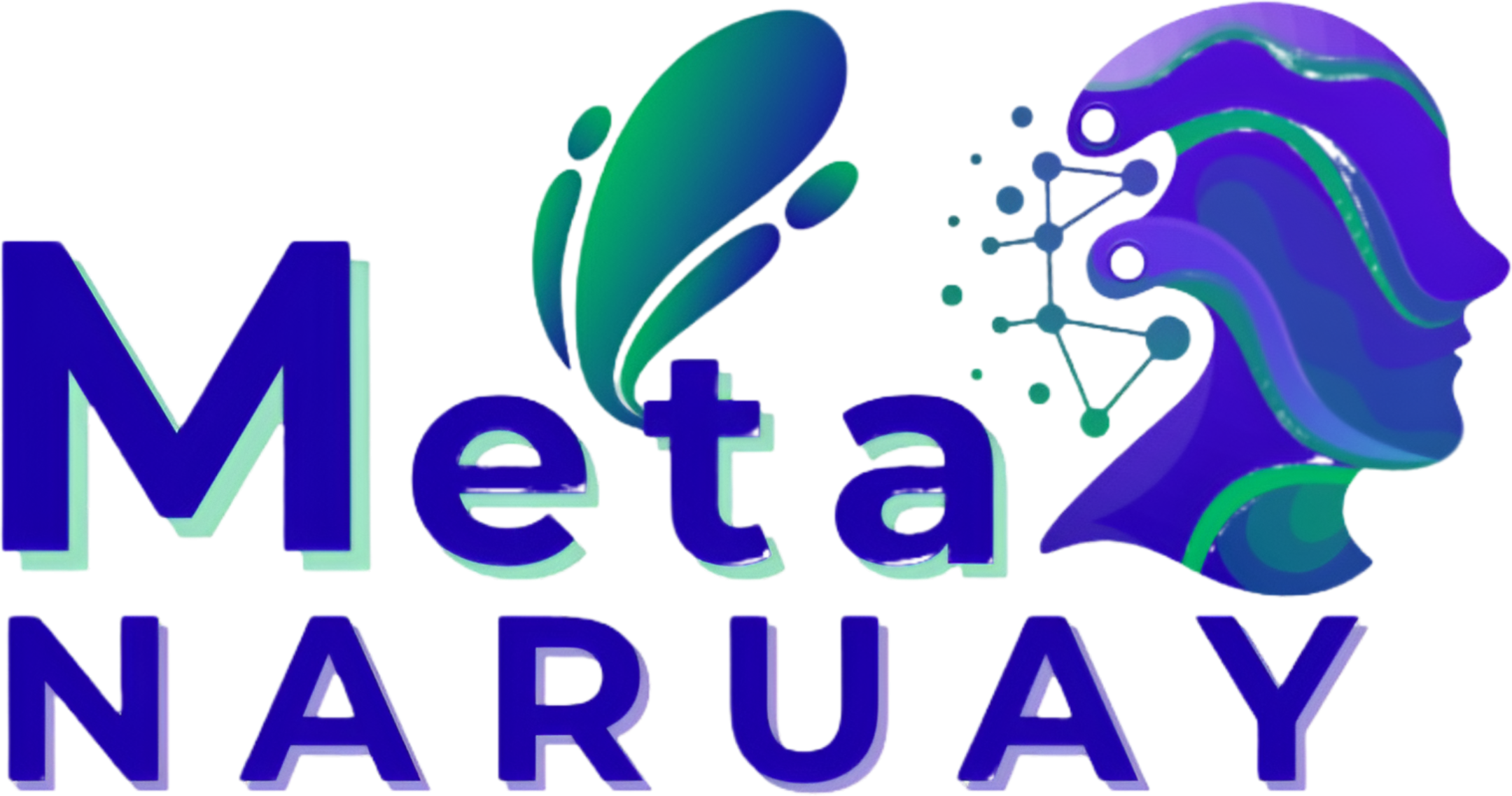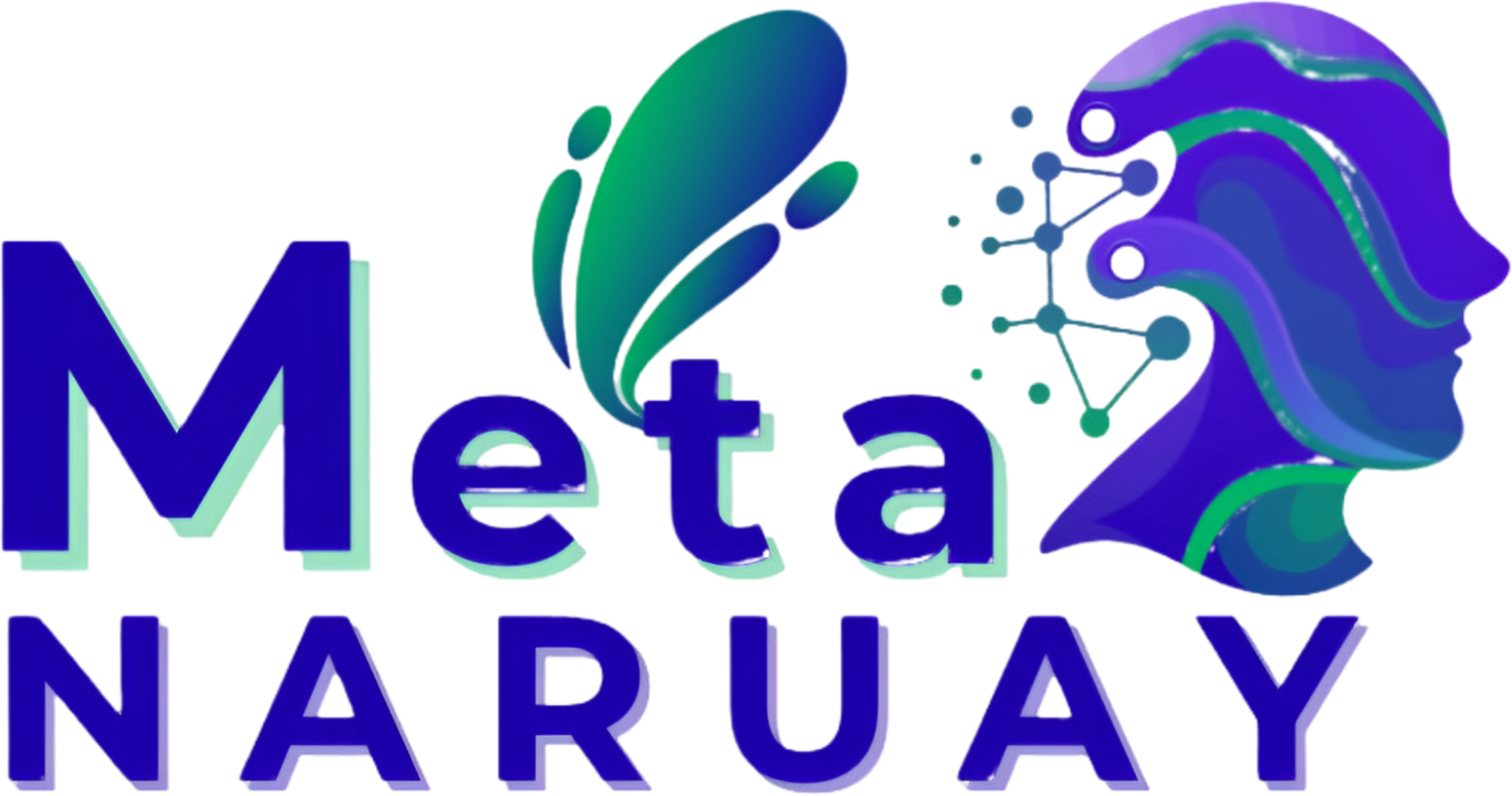The financial architecture of the recipe app market is a diverse and evolving system designed to monetize the daily act of cooking. The substantial and growing flow of Recipe Apps revenue, which is fueling the market's journey from USD 5.53 billion in 2024 toward a USD 13.81 billion valuation by 2034 at a 9.57% CAGR, is generated through a sophisticated mix of advertising, subscriptions, and commerce integrations. Unlike a simple paid application, the modern recipe app employs a multifaceted strategy to capture value at different points in the user's culinary journey, from initial inspiration to the final grocery purchase, creating a robust and resilient economic model.
The most traditional and widely used revenue model is advertising. This takes several forms within the app environment. The most common is display advertising, where banner ads are shown within the app's interface. A more integrated and lucrative form is sponsored content, where a consumer packaged goods (CPG) brand, such as a specific brand of pasta sauce or cheese, pays to have their product featured prominently in a recipe. This native advertising is highly effective as it is contextually relevant to the user. Many free-to-use apps rely heavily on this advertising revenue to support their operations and provide content to users at no cost.
The premium subscription model represents a significant and growing revenue stream. This typically operates on a "freemium" basis, where the core app and a selection of recipes are free, but a recurring monthly or annual fee unlocks a premium experience. The paid features often include access to an exclusive library of expert-tested recipes, an ad-free user interface, advanced meal planning and nutritional analysis tools, and personalized recipe recommendations. This model is particularly successful for apps with strong brand trust and high-quality, curated content, as they are able to convince a dedicated segment of their user base to pay for a superior culinary experience.
A third and increasingly important revenue stream is affiliate and commerce-based income. This is where the app earns a commission by driving sales for third-party companies. The most significant example is the integration with grocery delivery services. When a user adds recipe ingredients to a shopping cart and checks out through a partner like Instacart, the app receives a percentage of the total order value. Another form of affiliate revenue is linking to specific kitchen tools or appliances on e-commerce sites like Amazon and earning a commission on any resulting sales. This commerce-driven revenue is a key growth area as it directly links the app's content to tangible consumer spending.
Explore Our Latest Trending Reports:





